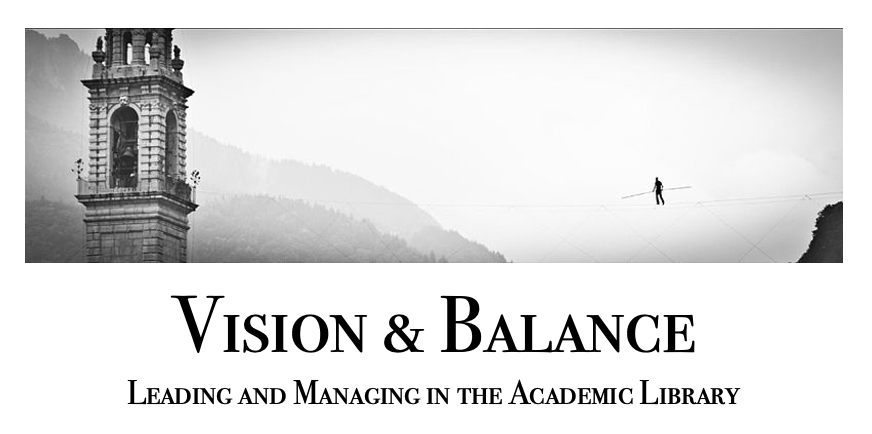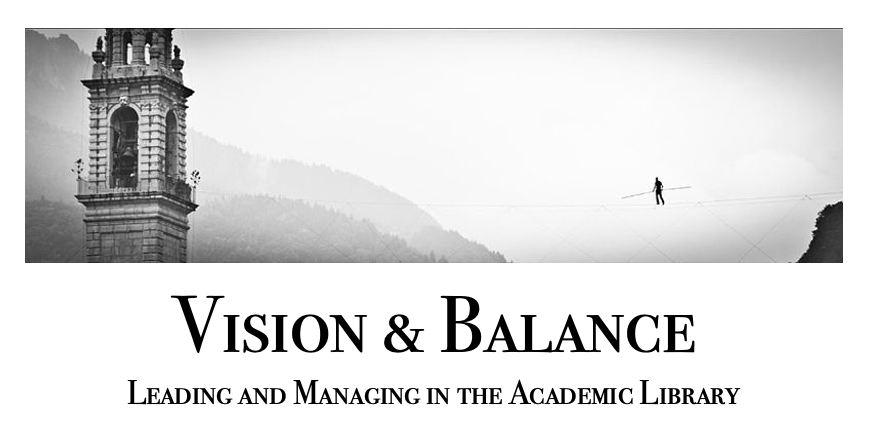Managing the Agenda, Part 1: The Person Standing in Front of You Is Not More Important Than the People Who Are Not
An effective leader manages and makes decisions according to principle, not personality.

Sometimes the most important lessons we can learn as leaders are the ones we already understand intellectually, but have yet to learn experientially – or to get all the way down into our hearts.
For example: all of us know – intellectually – that the concerns of one member of our organization don’t become more important than those of others just because that person happens to be standing in our office at a given moment. And yet, as human beings, we naturally want to deal with the issues that are most prominently on our radar in any given moment – and nothing puts an agenda item more prominently on your radar than a person standing in front of you, passionately advocating for it.
In such a moment, the temptation will be to give immediate attention to that issue, if for no other reason than to mollify the person advocating for it (and, perhaps, to get that person out of your office). People understand this natural human tendency, which is why they will sometimes jockey to bring program proposals to you in person rather than through whatever the normal channel would be. This creates a potentially awkward situation for the leader: on the one hand, you don’t want to be inaccessible; you want your employees to feel comfortable bringing you their issues, concerns, and proposals. On the other hand, program and policy questions need to be decided based on clear and consistent principles, not based on who manages to catch you in the hall or get onto your meeting calendar.
The solution to this conundrum is a great example of something that is simple but not easy. It is to listen to everyone, but never to make a commitment until the proposal has gone through whatever the normal discussion, vetting, and approval process would be for that kind of proposal. Simple! But not easy when the person in front of you is passionately engaged – and even less easy if your library hasn’t established clear, principle-based, well-documented processes for vetting proposals. So there are three principles are work here:
- A healthy organization has clear and accessible channels through which its employees can submit ideas and concerns
- A healthy organization operates according to principle, not personality
- A good leader listens to everyone, but makes decisions based on principle, not personality
The first of these principles requires organizational discipline: it takes time and effort both to create and to effectively maintain good channels of communication for ideas and concerns. The second two require personal discipline and strength of character on the part of leaders: in moments of stress and pressure, leaders have to resist the temptation to take the easy way (which usually involves giving in to whoever has the loudest voice and the strongest personality) and instead take the hard way (which always involves acting according to principle).
These are fundamental principles of managing the library’s organizational agenda. On Thursday, in our subscribers-only post, we’ll talk about managing meeting agendas.
Takeaways and Action Items
- Ask yourself the question: if I were a line employee and wanted to propose a change to program or policy in the library, is it clear how I can advance that proposal for consideration? If not, what needs to change in your organization to make that path both clear and effective?
- Who in your organization do you find it hardest to say “no” to? Why? How will you prepare for your next interaction with that person to make it more likely that, in that moment, you’ll act according to principle rather than according to personality?
- If someone asked you “What are the three most important principles that drive your library’s decision-making?”, how would you respond? Would everyone in your organization answer the same way?
